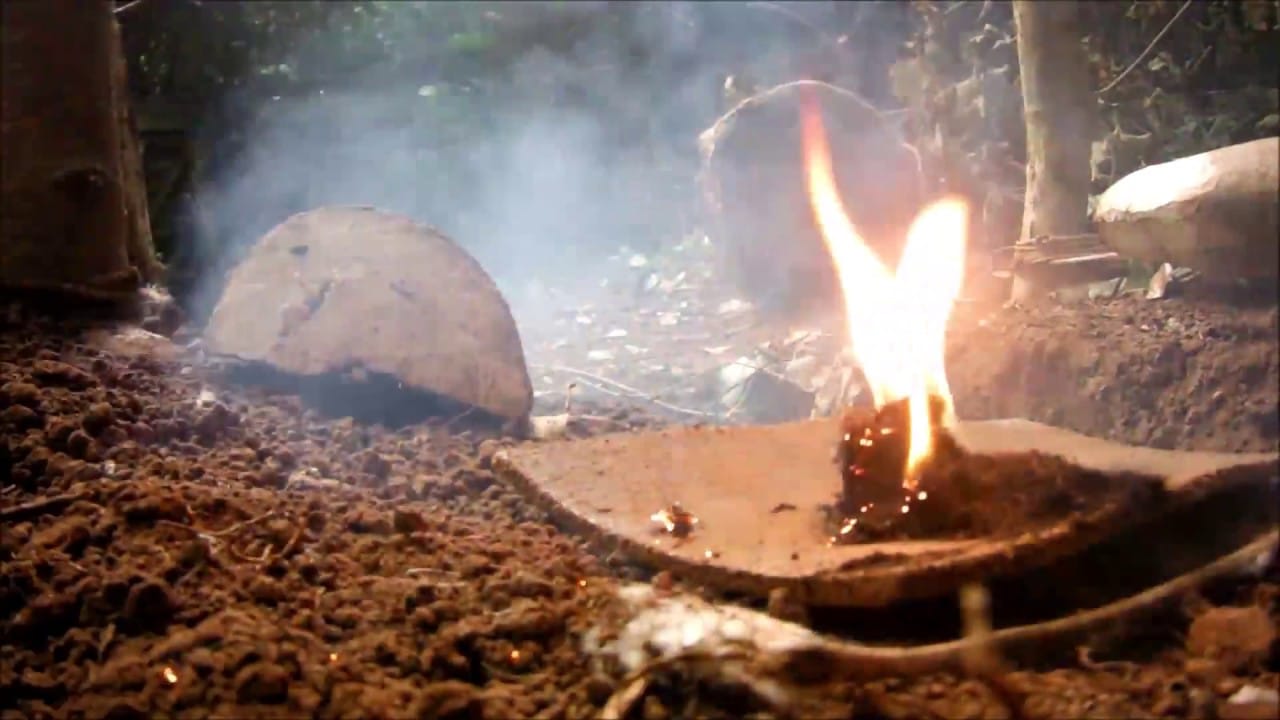The Celtic Fascination with Fire
The fascination with fire of the Celtic races goes back to ancient times when the domestic hearth fire was not allowed to die. The only time the home hearth was allowed to die was during the Beltane fire festival when the hearth was traditionally rekindled from the royal fire. Fire was considered to be sacred throughout Celtic history.
The Druids used fire to make prophecy and tell the future. This was done by lighting a fire and interpreting the smoke formation produced by the fire. The hearth was considered to be the centre of the family’s activities. Many household chores and activities were performed around the hearth such a cooking, eating and conversing with other family members.
Celtic historians or seanachie used to weave magical stories around the hearth fire. Many stories told around the hearth involved ancient tales about Celtic ancestors and the world of dragons, enchanted swords, and fairies. Much of the stories told were about the Tuatha de Danann which was known as the Celtic race’s powerful line of magicians.
In the ancient Celtic world, life was magical and full of supernatural elements. It was known that things found in nature such as trees, rocks, and bodies of water contained spirits and supernatural forces. The Celts felt that they were in the constant presence of spirits making them very cautious in their approach of everyday tasks.
To avoid offending the gods and spirits, the Celts would pacify the gods with rituals. Many of the rituals involved the use of fire. A popular sacred ritual was called the Samhain and Beltane. The Samhain was celebrated in November 1 which was considered the Celtic New Year which symbolized the beginning of the darker half of the year when communities extinguished their hearth fires an relit them from the royal fire.
The Beltane festival celebrated a pagan festival which celebrated spring, new life, and fertility. The festival recognized the earth and nature awaking after a long dark winter. During this festival, young people would sleep outdoors and return home with flowers in their hair. Villagers would dance the Maypole which symbolized the turning of the earth’s axis and changing seasons.
Many of the ancient Celtic rituals, prayers and charms were preserved by the Carmina Gadelica. The stories and chants were recorded since the 1800s. Celtic prayers were said throughout the day when tribesmen and Celtic women said prayers and chanted while preparing meals, while running errands during the day and before retiring for the night. Many of the prayers that were said at home were chanted around the hearth fire.
The fascination with fire of the Celtic races is something that has been part of the Celt’s lifestyle and everyday routine. It is integrated into their traditions, festivals and prayers. There are other Celtic fire festivals aside from the Samhain and Beltane. The Imbolc and Lughnasa are also celebrated each year with the former celebrated in February and the latter recognized in August to commemorate the harvest season. The Imbolc festival is now known as St Brigit’s Day.
While modern fires have no such auras surrounding them, they do still need care and attention. And regular cleaning of chimneys and flues is vital. Contact Master Clean to get the job done!
